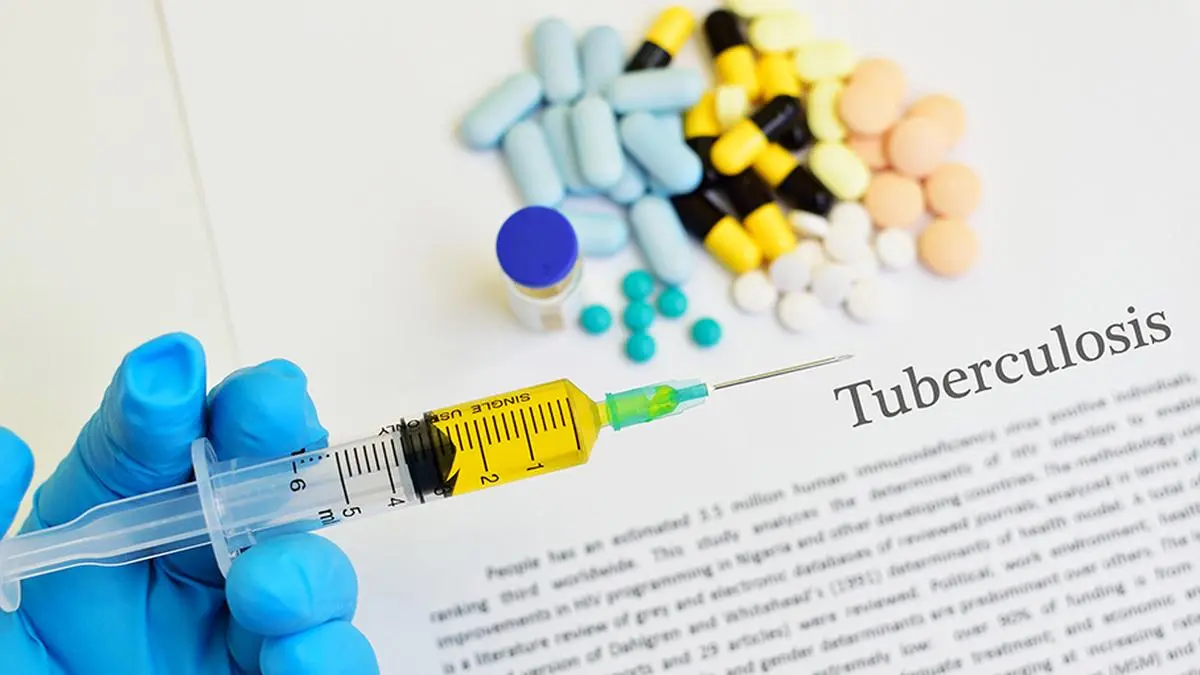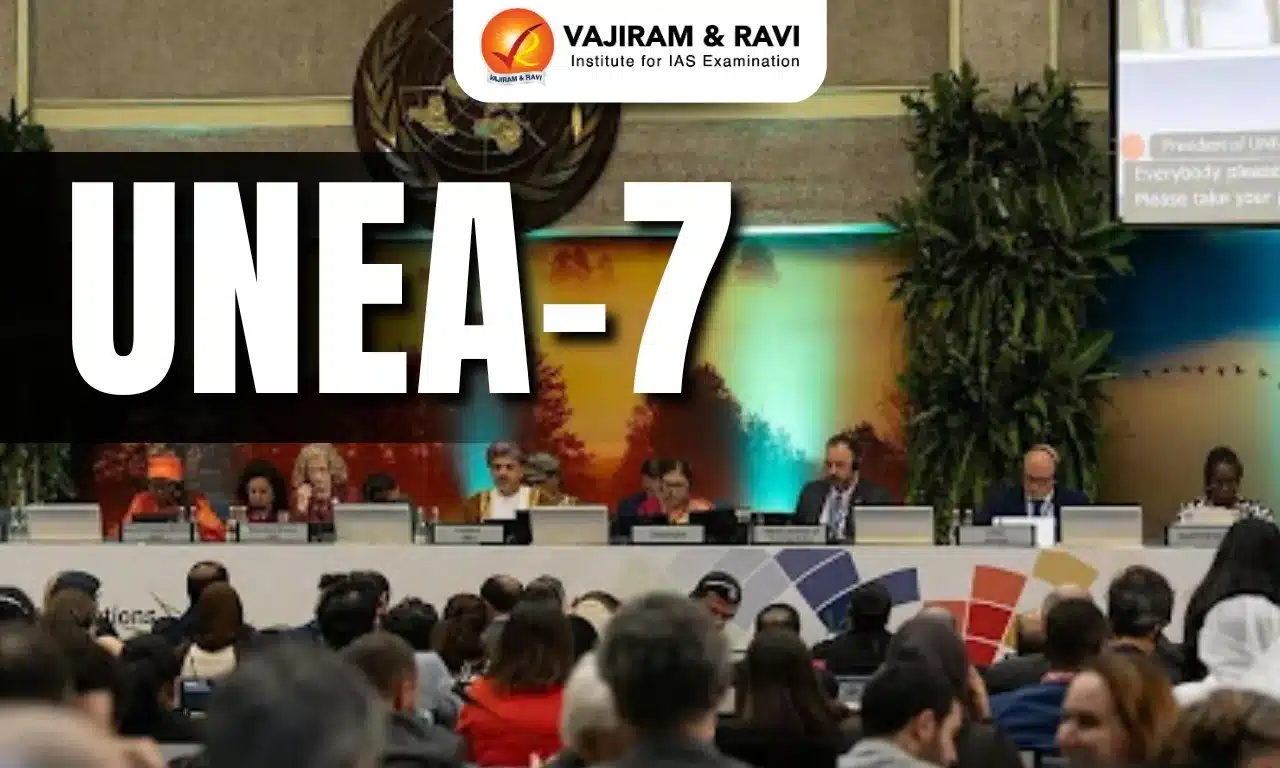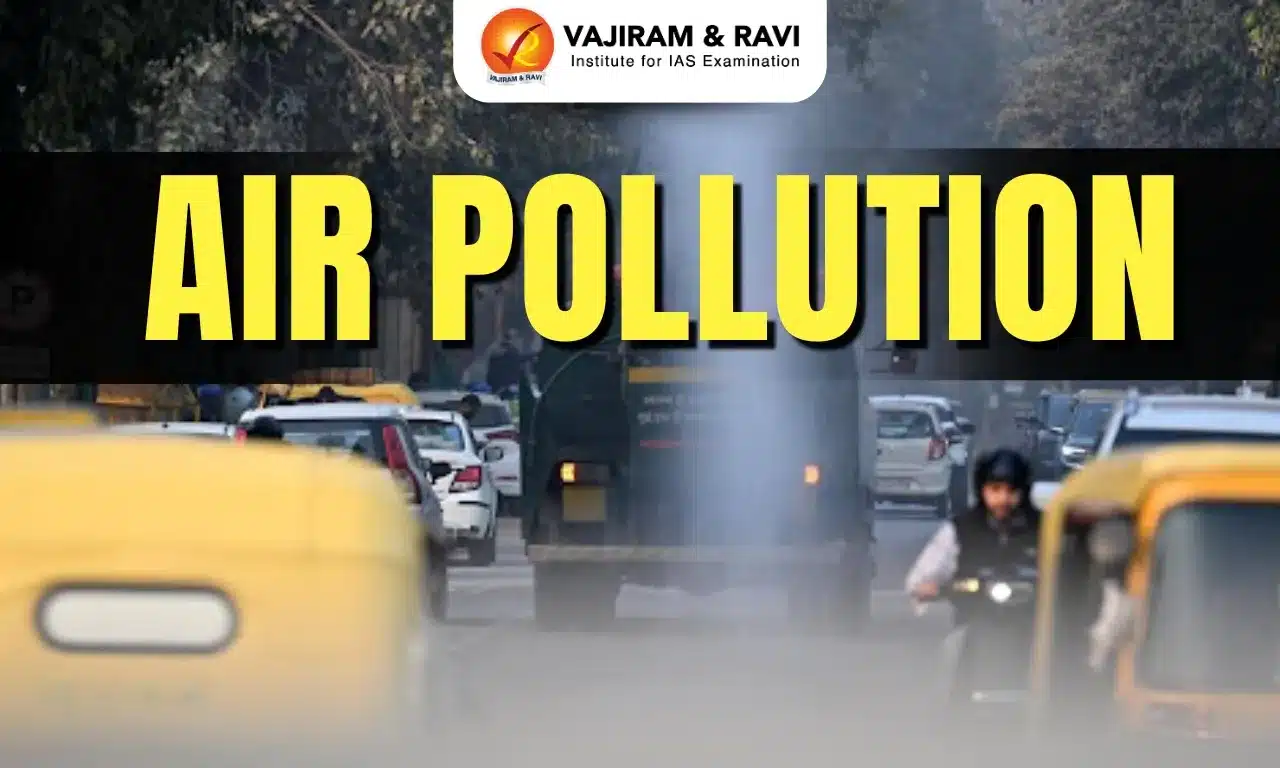What’s in today’s article?
- Why in the News?
- About Tuberculosis (TB)
- Symptoms of TB
- Types of TB
- Treatment
- Tuberculosis in India
- Challenges Associated with TB Eradication in India
- Way Forward
- News Summary
Why in the News?
- A paper titled ‘Progress and challenges in achieving tuberculosis elimination in India by 2025: A systematic review and meta-analysis’ notes that India faces a daunting challenge in its fight against TB.
About Tuberculosis (TB)
- Tuberculosis (TB) is a bacterial infection spread through inhaling tiny droplets from the coughs or sneezes of an infected person.
- It mainly affects the lungs, but it can affect any part of the body, including the tummy (abdomen), glands, bones and nervous system.
- TB is a potentially serious condition, but it can be cured if it’s treated with the right antibiotics.
Symptoms of TB
- Persistent cough that lasts more than 3 weeks and usually brings up phlegm, which may be bloody,
- Weight loss,
- Night sweats,
- High temperature,
- Tiredness and fatigue,
- Loss of appetite,
- Swellings in the neck.
Types of TB
- Pulmonary TB:
- TB that affects the lungs (pulmonary TB) is the most contagious type, but it usually only spreads after prolonged exposure to someone with the illness.
- In most healthy people, the body’s natural defence against infection and illness (the immune system) kills the bacteria and there are no symptoms.
- Latent TB:
- Sometimes the immune system cannot kill the bacteria, but manages to prevent it spreading in the body.
- You will not have any symptoms, but the bacteria will remain in your body. This is known as latent TB.
- People with latent TB are not infectious to others.
- Active TB:
- If the immune system fails to kill or contain the infection, it can spread within the lungs or other parts of the body and symptoms will develop within a few weeks or months. This is known as active TB.
- About one-quarter of the world’s population is estimated to be infected by TB bacteria but out of these only 5-15% of people will fall ill with active TB disease.
- Latent TB could develop into an active TB disease at a later date, particularly if your immune system becomes weakened.
Treatment
- With treatment, TB can almost always be cured.
- A course of antibiotics will usually need to be taken for 6 -18 months.
- Several different antibiotics are used because some forms of TB are resistant to certain antibiotics.
Tuberculosis in India

- The total number of incident TB patients (new and relapse) notified during 2021 in India were 19.33 lakh as opposed to that of 16.28 lakh in 2020.
- In 2022, 24.22 lakh case s of TB were registered in the country.
- India continues to have the largest share of the global TB burden.
- India’s National TB Elimination Programme is strengthened to meet the goal of ending the TB epidemic by 2025 from the country, five years ahead of the Sustainable Development Goals (SDG) for 2030.
- The National Strategic Plan for Tuberculosis Elimination(2017-2025) was developed to achieve the goal.
- Though the National Strategic Plan for Tuberculosis Elimination (2017-2025) outlined a paradigm shift in approach and strategy to achieve the ambitious goal, by 2020, it became clear that the NSP will not be able to meet these objectives.
- A new National Strategic Plan for Tuberculosis Elimination (2020-2025) to end TB was launched.
Challenges Associated with TB Eradication in India
- Challenges with regard to this illness in India include –
- Poor primary health-care and infrastructure in rural areas;
- Unregulated private health care;
- HIV induced TB cases;
- Lack of hygiene facilities and widespread malnourishment and poverty.
- The main variables that help understand tuberculosis transmission are rapid unplanned urbanization, overcrowding, poor airborne infection control, poor nutrition, HIV, diabetes and tobacco use.
Way Forward
- Focus should be on understanding the key determinants like poverty, under- nutrition and tobacco smoking.
- This is so that prevention is the approach and not cure. In addition to this the gaps in the public healthcare system must be addressed as this is the main medium through which millions of Indians seek treatment.
- Although the Revised National Tuberculosis Control Program has worked toward improving the diagnosis of patients with free tests, free TB drugs, extended adherence support to increase rates of TB treatment, completion and involvement of private healthcare providers, there is more that can be done.
News Summary
- A paper titled ‘Progress and challenges in achieving tuberculosis elimination in India by 2025: A systematic review and meta-analysis’ notes that India faces a daunting challenge in its fight against TB.
- The mortality rate, excluding HIV co-infected individuals, was approximately 450,000 in 2021, highlighting the severe impact of TB on the country’s public health landscape.
- The Indian Council of Medical Research (ICMR) is looking at reworking the protocol, specifically TB medication and its duration.
The objective is to reboot the TB-free initiative with zero deaths, disease, and poverty resulting from the disease.
Last updated on December, 2025
→ Check out the latest UPSC Syllabus 2026 here.
→ Join Vajiram & Ravi’s Interview Guidance Programme for expert help to crack your final UPSC stage.
→ UPSC Mains Result 2025 is now out.
→ UPSC Notification 2026 is scheduled to be released on January 14, 2026.
→ UPSC Calendar 2026 is released on 15th May, 2025.
→ The UPSC Vacancy 2025 were released 1129, out of which 979 were for UPSC CSE and remaining 150 are for UPSC IFoS.
→ UPSC Prelims 2026 will be conducted on 24th May, 2026 & UPSC Mains 2026 will be conducted on 21st August 2026.
→ The UPSC Selection Process is of 3 stages-Prelims, Mains and Interview.
→ UPSC Result 2024 is released with latest UPSC Marksheet 2024. Check Now!
→ UPSC Prelims Result 2025 is out now for the CSE held on 25 May 2025.
→ UPSC Toppers List 2024 is released now. Shakti Dubey is UPSC AIR 1 2024 Topper.
→ UPSC Prelims Question Paper 2025 and Unofficial Prelims Answer Key 2025 are available now.
→ UPSC Mains Question Paper 2025 is out for Essay, GS 1, 2, 3 & GS 4.
→ UPSC Mains Indian Language Question Paper 2025 is now out.
→ UPSC Mains Optional Question Paper 2025 is now out.
→ Also check Best IAS Coaching in Delhi

















